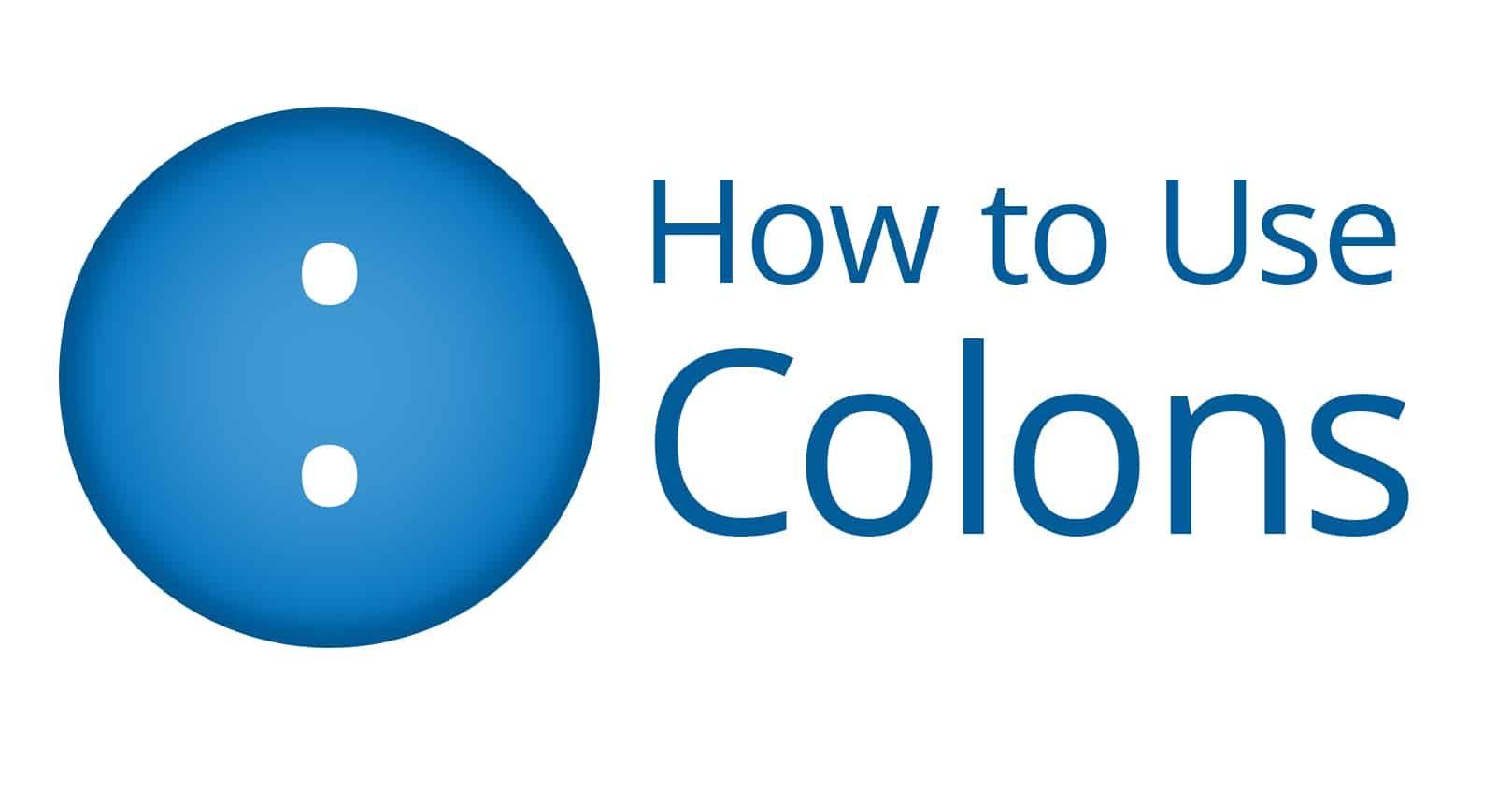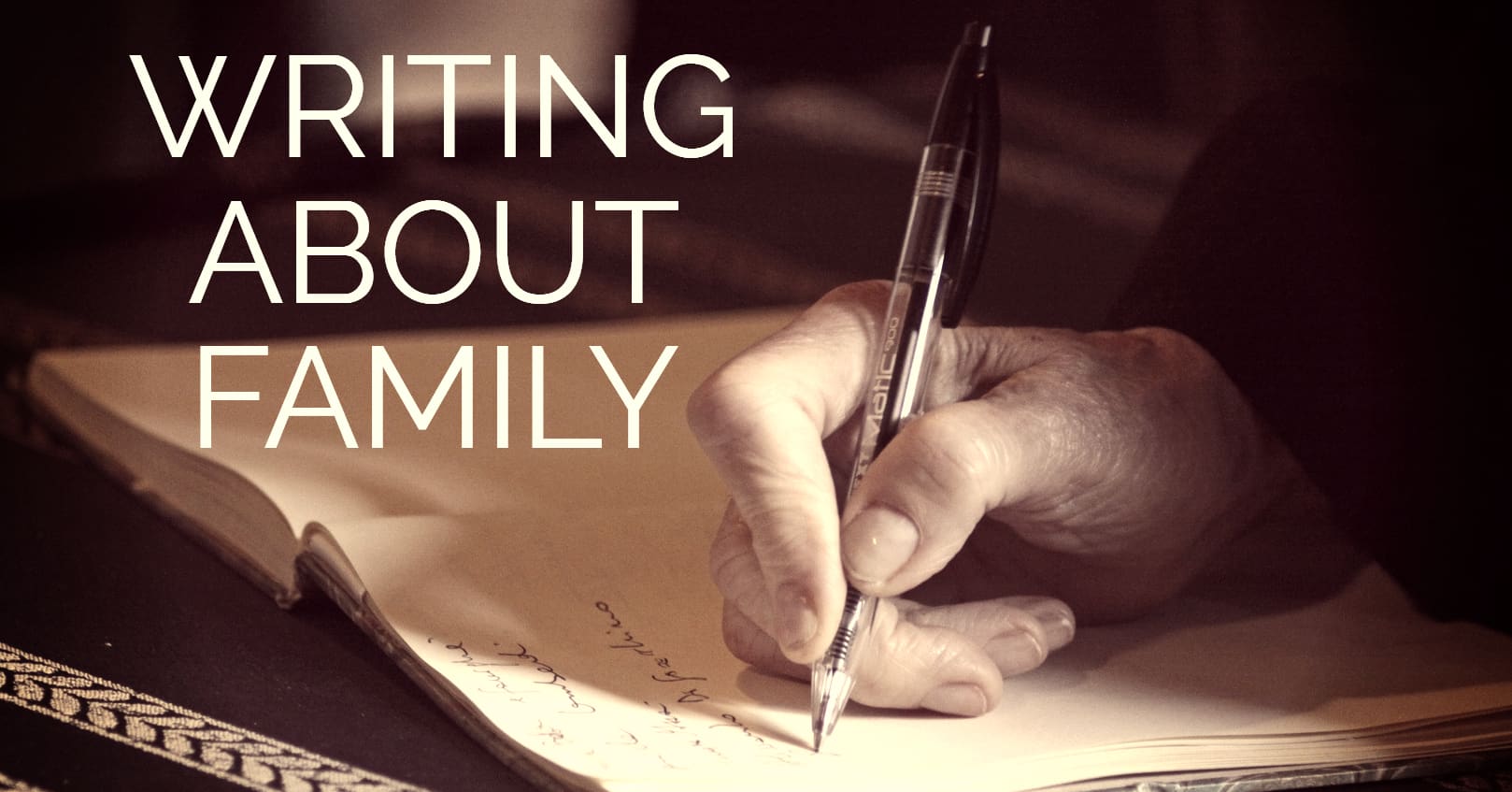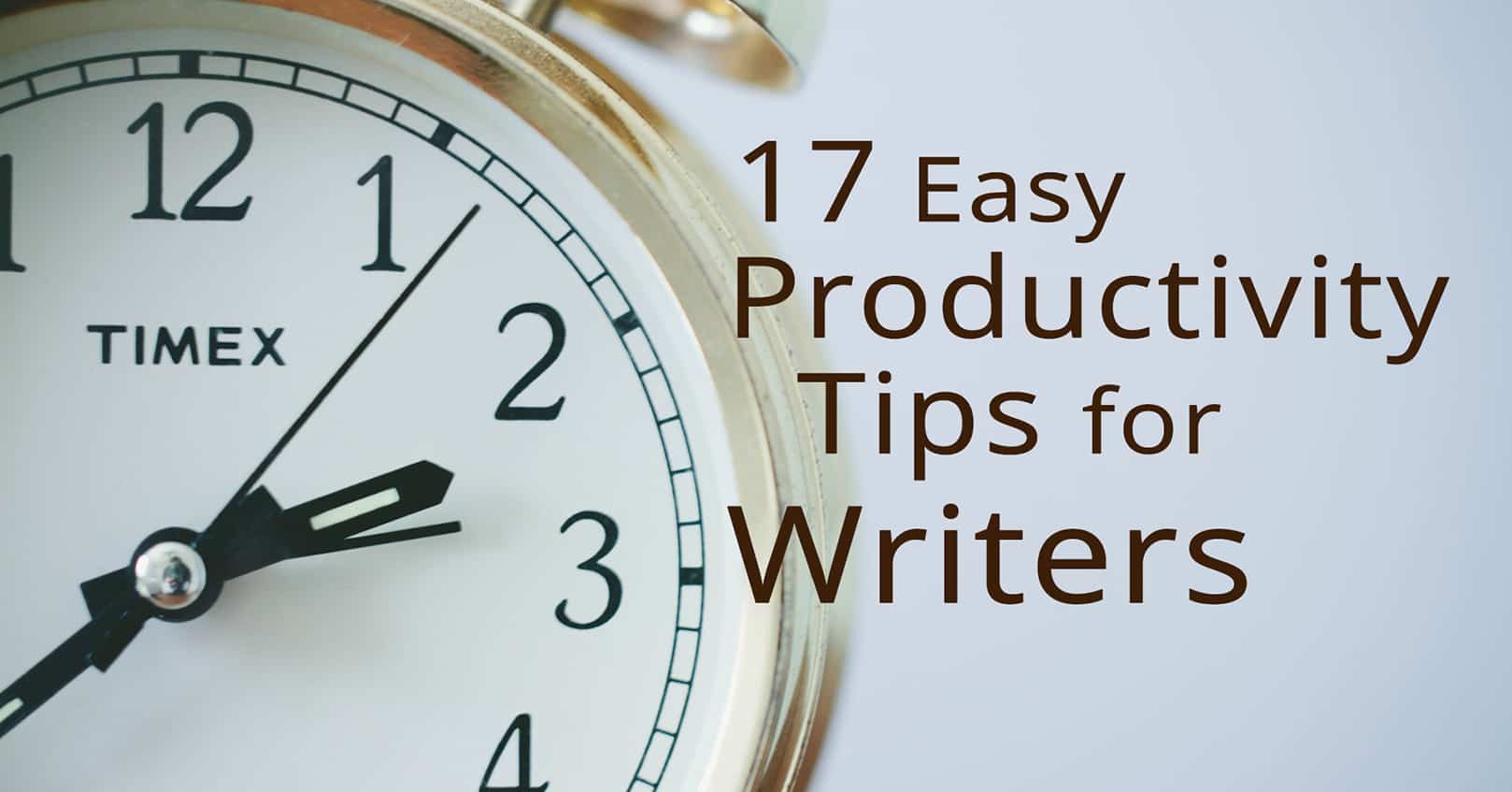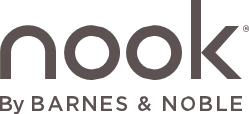
Are you sometimes a little unsure when it’s appropriate to use colons? Here is a list of instances when a colon might be just what you need.
To Connect Two Related Sentences
A colon can connect two related sentences in instances where you may sometimes choose instead to use a period or a semicolon. A colon should only be used, though, when the second sentence illustrates or amplifies the first sentence. You should be able to read the first sentence, then say “that is,” and continue with the second sentence to be sure it makes sense.
The Chicago Manual of Style says that in these instances, the word following the colon should not be capitalized.
Example
She knew what she had to do: she had to tell him the truth.
See how “She knew what she had to do. That is, she had to tell him the truth” makes sense?
To Introduce a List
You can use colons to introduce a list. For this use, the word that follows the colon should not be capitalized (unless it’s a proper noun, of course).
Example: There were three color choices: red, blue and white, and black.
To use a colon in a list, what comes before a colon needs to be a complete sentence. This is something we often see done incorrectly.
Incorrect
You will learn to: use colons correctly, avoid overusing colons, and recognize when a sentence needs a colon.
Correct
You will learn the following: to use colons correctly, to avoid overusing colons, and to recognize when a sentence needs a colon.
But even though the above may be correct, it’s almost always better to avoid using a colon because they can distract a reader if they are overused. They are not invisible like commas.
Better
You will learn to use colons correctly, to avoid overusing colons, and to recognize when a sentence needs a colon.
To Introduce a List of Sentences
A colon can also be used to introduce a series of related sentences, usually when the sentences are longer and a bit more complicated. In this case, the word following the colon would be capitalized.
Example
He wasn’t sure what to do: He could jump into the dirty lake and probably get attacked by those leeches he’d heard so much about. He could fake a sudden illness that would required him to run into the house and lock himself in the bathroom for the rest of the trip. Or he could refuse the dare and risk looking like a wimp in front of the other boys.
But again, most writers would avoid this use because a simple period would be equally effective.
To Introduce a Question
A semicolon can be used to introduce a question. In this instance, the word following the colon is capitalized.
Example
I had to wonder: Where did all the chocolate go?
To Introduce a Dialogue or Quotation
Finally, a colon can introduce a quotation, although it should be very rarely used in fiction.
Example
She spoke boldly, confidently: “I will lead the mission.”
We hope this post was helpful. Please let us know in the comments below if you have any questions about how to use colons.












Comments